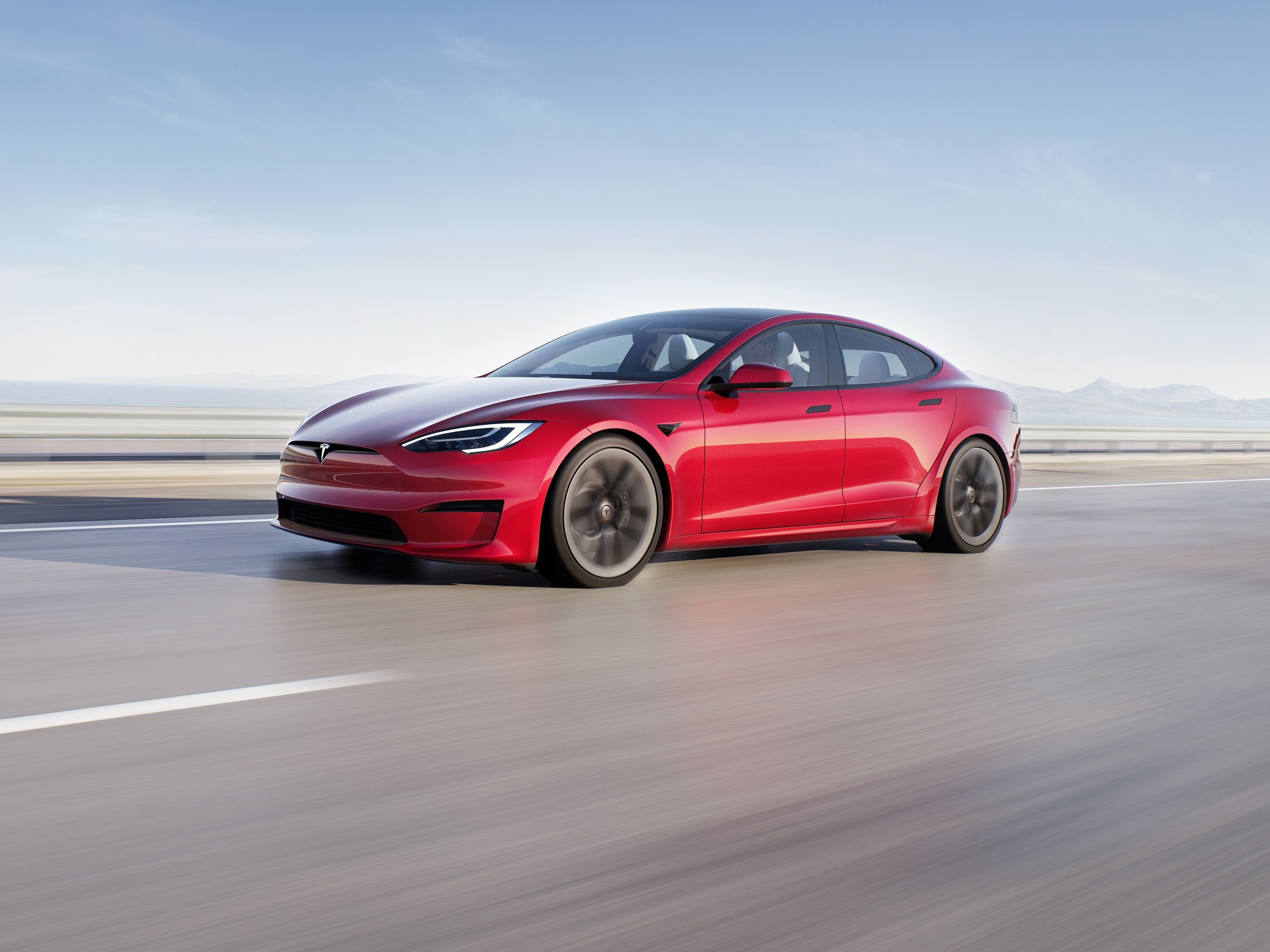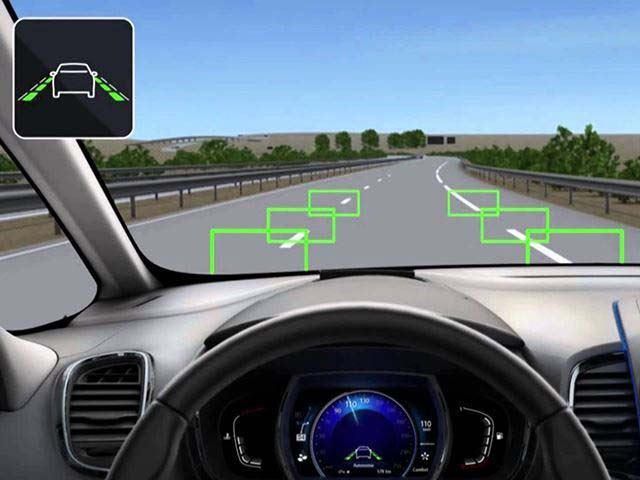
There's a big paradox when it comes to safety that's still being explored as our technology gets better and our culture moves to favor risk aversion while encouraging monotony. It's the reason kids roaming free and biking around the desert until dusk has been replaced by video gaming and "helicopter parenting," and in a way, that philosophy is making its way into our driver aid-laden cars. A report by Automotive News claims that even the automakers are beginning to make note of the problems.
Certain safety features, take blind spot monitoring or automatic braking for example, are more prevalent in today's cars and were placed there by well-intentioned engineers who wanted to save lives. The problem is that these gadgets could have the unintended side-effect of eroding driver skills as they become dependent on these systems for everyday driving. In extreme cases, over reliance on technology has caused those behind the wheel of Tesla's Autopilot to take a nap or watch movies instead of focusing on the road and Tesla recently had to rework the system so that it required more driver engagement. However, the problems persist beyond that.
For example, blind spot monitoring systems have the capability to train a driver to check for the notification rather than turn their head. Once a driver is used to that and then gets behind the wheel of a car not equipped with the same system, they could cause a crash by merging without looking. The overall gist of the report is that automakers must find a way to keep driver aids from becoming more than just aids. A driver that's become too cocooned behind the illusion of safety brought on by steering wheel nudges from the Lane Keep Assist system or no longer think twice when merging using Tesla's Autopilot system can become a danger to every road goer. Proceed with caution and never forget, you're always the one in control.

